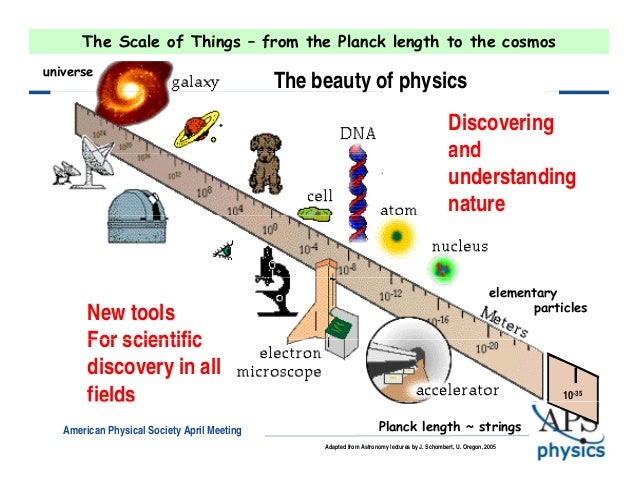The observable universe has atleast 2 trillion galaxies in it. The light takes 93 billion years to travel from one end to the other.
We are living in a galaxy called milky way. Our nearest neighbour called Andromeda galaxy is 2.5 million light years away.
Alpha centuri is our nearest star besides our sun. We can reach that star, if we travel in the speed of light for 4.25 years.
The farthest planet in the solar system is Neptune, the diameter of its orbit can be taken as the width of the solar system. The diameter is about 9 billion km.
The sun is about 150 million km from earth. The distance from the moon to the earth is only 384400 km.
The international space station which is orbiting the earth; in which men lives and does experiments, is at the height of 408 km from the surface of the earth. The height of the mount Everest is 8488 m or just 8 km.
The average height of man is between 5 to 6 feet.(180cm) We are lilliputians in the world of cosmos. But we are giants in the world of atomic particles.
Three grains of table salt stacked together adds upto 1 mm in length. Hence each grain length is 0.3mm.
The size of virus range from 20 nano meter to 250 nano meter. (10^-9 m = 1 nano meter)
A virus is hundred times smaller than bacteria. It can only be seen by electron microscope.
Everything in this universe is made up of atoms. They are million times smaller than the human air. The sizes range from .1 to .5 nano meter.
The nucleus which is present inside an atom occupies only a width of 10^-15 m. The nucleus occupies only a tiny space in the atom. Atom is mostly empty with electrons revolving here and there. Similarly inter-planetary space is mostly empty with planets revolving here and there. We can now understand that all the matters in the universe can easily be contained in an atom. That atom pregnant with universe was present before the big-bang-the birth of universe.
The longest distance can be measured using the time taken by the light waves to travel. The very tinyest distance can be measured by using the electron waves in an electron microscope.
